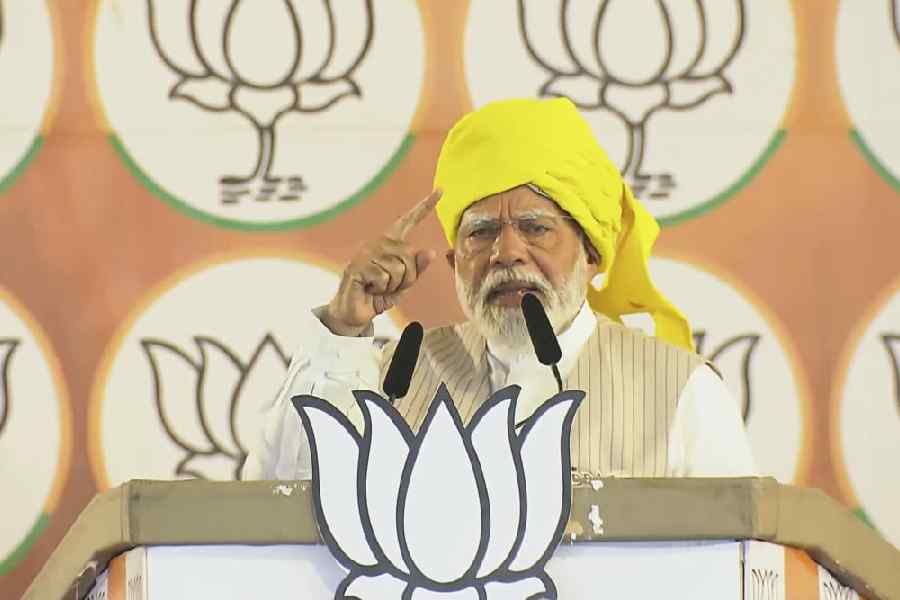Gender budgeting has been used by the government as a fiscal policy tool for mainstreaming gender-related issues into policy decision-making.
The fundamental objective of gender budgeting is to understand the differential impact of budgets across genders and, accordingly, create policy options to address gender inequalities.
It, thus, involves gender-sensitive formulation, resource allocation and continuous monitoring to address vulnerabilities faced by women throughout their life cycle.
The gender budget in India is divided into two broad sections. Part A reflects women-specific schemes, with 100 per cent allocation for women, and Part B reflects pro-women schemes, with at least 30 per cent of the allocation is for women.
The total allocation under the gender budget in 2024-25 (interim) is projected to be Rs 3,09,690 crore which accounts for 6.5 per cent of the total budgetary outlay for fiscal year 2024-25.
It reflects an increase of 19 per cent as compared to the 2023-24 revised estimates.
Out of the total allocation, the Part A schemes (61 schemes under 22 ministries/departments) account for 36 per cent, and the remaining is under Part B schemes (238 schemes under 31 ministries/departments).
The total resources allocated to the Ministry of Women and Child Development is Rs 26,092 crore, of which 13 per cent are allocated under Part A, and 65 per cent are earmarked under Part B.
A significant part of the increase in the allocation can be attributed to the inclusion of the Jal Jeevan Mission (JJM) for the first time in Part B of GB, with 48 per cent of the total allocation under the scheme being allocated to women.
Women in India spend considerable time fetching water, which hampers their ability to work and educate themselves and work. Therefore, it is appropriate to include JJM in GB, which significantly impacts women’s lives
Looking at the composition of the Gender Budget, it reveals that six specific schemes exert a significant influence, collectively accounting for 61.4 per cent of the total Gender Budget.
The concentration of a substantial portion of the Gender Budget within these schemes signifies their pivotal role in shaping the overall financial allocation dedicated to gender-specific initiatives.
However, the absence of monitoring and clearly defined, gender-segregated data on scheme benefits may create ambiguity in categorising schemes within the Gender Budgeting Statement.










